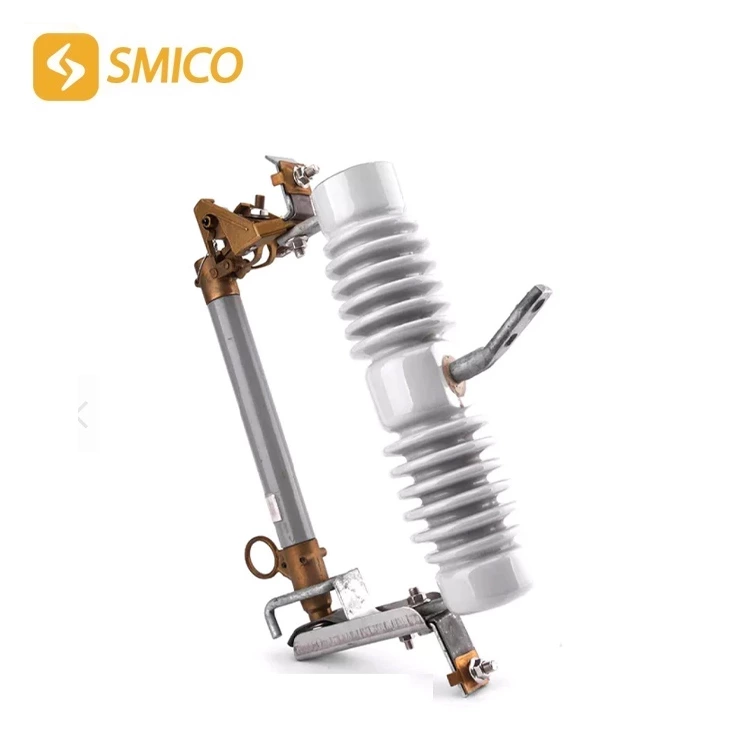Structural Composition Of High Voltage Drop-out Fuse
The structure of high-voltage drop out fuse
11 kv drop out fuse is suitable for power systems with a frequency of 50HZ and a rated voltage of 35KV and below, and is installed on the high-voltage side of the distribution transformer or the main line of the distribution. The main functions are that it can be used in conjunction with the isolating switch to replace the automatic air switch in places where the protection performance requirements are not high; it can also be used in conjunction with the load switch to replace the expensive circuit breaker. It also has short-circuit protection, overload and isolation circuits.
High-voltage 11kv drop out fuse is installed on the branch line of the 10kV distribution line to reduce the scope of power outages. Because it has an obvious disconnection point and has the function of an isolating switch, it creates a safe working environment for the maintenance section lines and equipment, and increases the sense of security of the maintenance personnel. Installed on the distribution transformer, it can be used as the main protection of the distribution transformer, so it has been popularized in 10kV distribution lines and distribution transformers.
The moving contacts at both ends of the fuse tube are fastened by the fuse (melt). After the upper moving contact is pushed into the protruding part of the "duckbill", the upper static contact made of phosphor copper sheet etc. presses against the upper moving contact, so the fuse tube is firmly stuck in the "duckbill". When the short-circuit current passes through the fuse and melts, an arc is generated. The steel paper tube lined in the fuse tube generates a large amount of gas under the action of the arc. Because the upper end of the fuse tube is sealed, the gas sprays to the lower end and blows out the arc.
As the fuse melts, the upper and lower moving contacts of the fuse tube lose the tightening force of the fuse. Under the action of the fuse tube's own gravity and the upper and lower static contact springs, the fuse tube falls rapidly, disconnecting the circuit and cutting off the faulty section line or faulty equipment.
In the actual rural 10kV line system and the fuses on the distribution transformers cannot operate correctly. One of the reasons is that the rural electricians have poor quality and weak sense of responsibility, and they do not perform 11kv drop out fuse manufacturer maintenance and overhaul all year round; the second reason is that the product quality of 33kv drop out fuse is poor and cannot be pulled and closed flexibly. These two reasons reduce the function of 33kv fuse. In reality, there are often cases of lack of fuse tubes, lack of fuses, or using copper wire, aluminum wire or even iron wire hooks to replace fuses. This makes the line trip rate and the failure rate of distribution transformers remain high.

